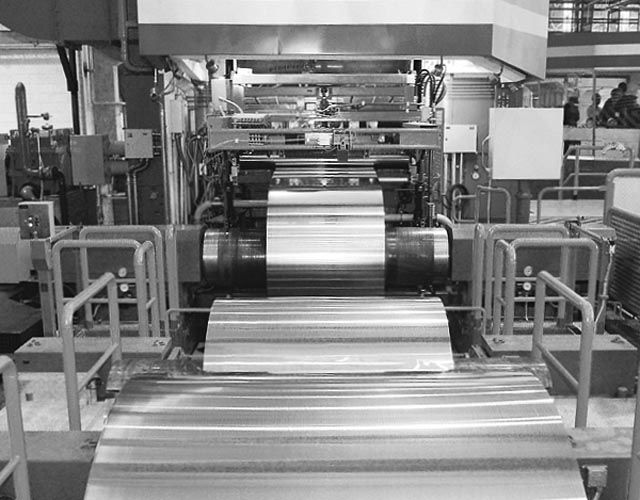The United States Department of Commerce determined anti-dumping duties on certain imports of aluminum foil.
This is a preliminary determination in the anti-dumping duty investigation on aluminum foil from Armenia, Brazil, Oman, Russia and Turkey.
On April 28, 2021, the Commerce Department announced its affirmative preliminary determinations in the aluminum foil anti-dumping duty investigations of those five countries, and its negative preliminary determination in Turkey’s aluminum foil AD investigation.
Aluminum foil
On the one hand, the petitioners are the Trade Enforcement Working Group of the Aluminum Association and its individual members, Gränges Americas Inc., JW Aluminum Company and Novelis Corporation.
On the other hand, the sanctioned companies are: Rusal Armenal CJSC, Armenia-Wide Entity, Arconic Ind. E Com de Metias LTDA, Companhia Brasiliera de Alumínio/CBA Itapissuma, Oman Aluminum Rolling Company LLC and Rusal.
Aluminum foil is widely used in food and pharmaceutical packaging because it provides protection against light, oxygen, moisture, and bacteria.
It is also used in industrial applications such as thermal insulation, cables, and electronics where properties such as thermal reflectivity and barrier protection are desired.
In 2020, US imports of this product totaled 55 million from Turkey, followed by Brazil (52 million), Russia (48 million), Oman (35 million) and Armenia (32 million).


Common products that use aluminum foil include cake pans, food and candy wrappers, and household paper, among others.
Regarding its manufacture, aluminum is produced through the primary or secondary smelting process.
The inputs for the primary smelting process are derived from aluminum-containing ore (bauxite) that is first mined and then refined to aluminum oxide (alumina) in the Bayer process.
Production
Meanwhile, in HallHéroult’s electrolytic smelting process, aluminum oxide is melted to remove oxygen and produce molten aluminum metal.
The molten aluminum is then alloyed with different metals to improve certain properties and qualities.
During the secondary smelting process, aluminum scrap (both old and new) is melted and alloyed, producing molten aluminum. Some producers use a combination of primary and secondary sources to produce molten aluminum. The desired metallurgical characteristics (eg, hardness, strength, corrosion resistance) of aluminum are determined prior to the casting stage.
![]()

